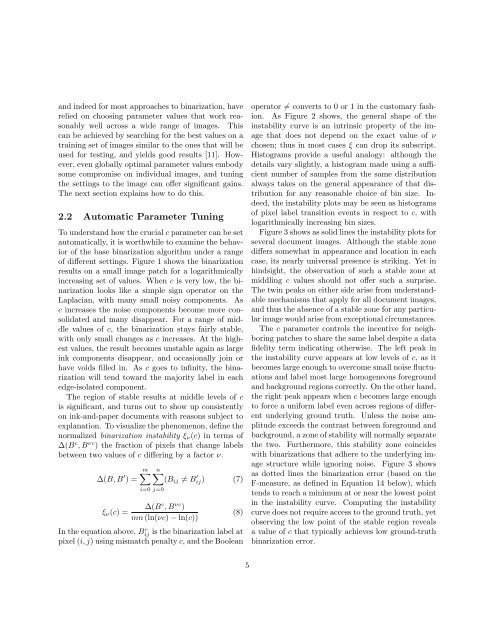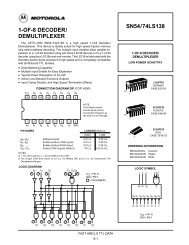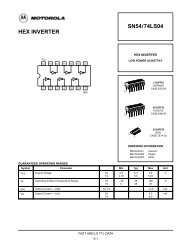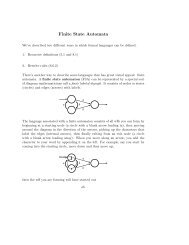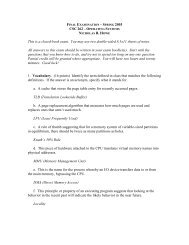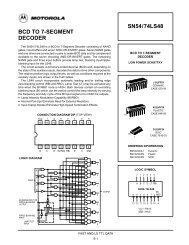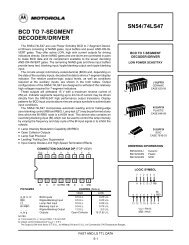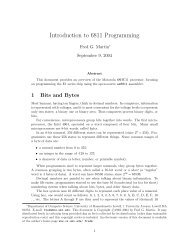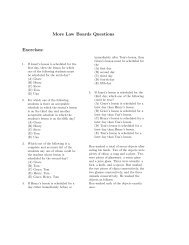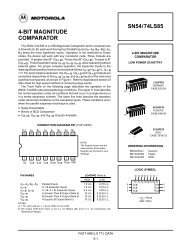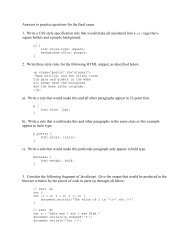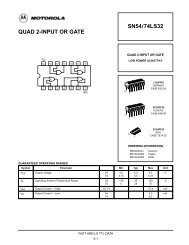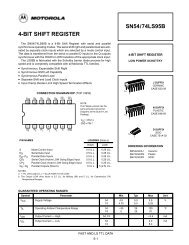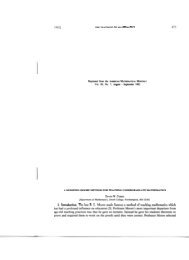Document Binarization with Automatic Parameter Tuning
Document Binarization with Automatic Parameter Tuning
Document Binarization with Automatic Parameter Tuning
You also want an ePaper? Increase the reach of your titles
YUMPU automatically turns print PDFs into web optimized ePapers that Google loves.
and indeed for most approaches to binarization, haverelied on choosing parameter values that work reasonablywell across a wide range of images. Thiscan be achieved by searching for the best values on atraining set of images similar to the ones that will beused for testing, and yields good results [11]. However,even globally optimal parameter values embodysome compromise on individual images, and tuningthe settings to the image can offer significant gains.The next section explains how to do this.2.2 <strong>Automatic</strong> <strong>Parameter</strong> <strong>Tuning</strong>To understand how the crucial c parameter can be setautomatically, it is worthwhile to examine the behaviorof the base binarization algorithm under a rangeof different settings. Figure 1 shows the binarizationresults on a small image patch for a logarithmicallyincreasing set of values. When c is very low, the binarizationlooks like a simple sign operator on theLaplacian, <strong>with</strong> many small noisy components. Asc increases the noise components become more consolidatedand many disappear. For a range of middlevalues of c, the binarization stays fairly stable,<strong>with</strong> only small changes as c increases. At the highestvalues, the result becomes unstable again as largeink components disappear, and occasionally join orhave voids filled in. As c goes to infinity, the binarizationwill tend toward the majority label in eachedge-isolated component.The region of stable results at middle levels of cis significant, and turns out to show up consistentlyon ink-and-paper documents <strong>with</strong> reasons subject toexplanation. To visualize the phenomenon, define thenormalized binarization instability ξ ν (c) in terms of∆(B c , B νc ) the fraction of pixels that change labelsbetween two values of c differing by a factor ν.∆(B, B ′ ) =ξ ν (c) =m∑i=0 j=0n∑(B ij ≠ B ij) ′ (7)∆(B c , B νc )mn (ln(νc) − ln(c))(8)In the equation above, Bij c is the binarization label atpixel (i, j) using mismatch penalty c, and the Booleanoperator ≠ converts to 0 or 1 in the customary fashion.As Figure 2 shows, the general shape of theinstability curve is an intrinsic property of the imagethat does not depend on the exact value of νchosen; thus in most cases ξ can drop its subscript.Histograms provide a useful analogy: although thedetails vary slightly, a histogram made using a sufficientnumber of samples from the same distributionalways takes on the general appearance of that distributionfor any reasonable choice of bin size. Indeed,the instability plots may be seen as histogramsof pixel label transition events in respect to c, <strong>with</strong>logarithmically increasing bin sizes.Figure 3 shows as solid lines the instability plots forseveral document images. Although the stable zonediffers somewhat in appearance and location in eachcase, its nearly universal presence is striking. Yet inhindsight, the observation of such a stable zone atmiddling c values should not offer such a surprise.The twin peaks on either side arise from understandablemechanisms that apply for all document images,and thus the absence of a stable zone for any particularimage would arise from exceptional circumstances.The c parameter controls the incentive for neighboringpatches to share the same label despite a datafidelity term indicating otherwise. The left peak inthe instability curve appears at low levels of c, as itbecomes large enough to overcome small noise fluctuationsand label most large homogeneous foregroundand background regions correctly. On the other hand,the right peak appears when c becomes large enoughto force a uniform label even across regions of differentunderlying ground truth. Unless the noise amplitudeexceeds the contrast between foreground andbackground, a zone of stability will normally separatethe two. Furthermore, this stability zone coincides<strong>with</strong> binarizations that adhere to the underlying imagestructure while ignoring noise. Figure 3 showsas dotted lines the binarization error (based on theF-measure, as defined in Equation 14 below), whichtends to reach a minimum at or near the lowest pointin the instability curve. Computing the instabilitycurve does not require access to the ground truth, yetobserving the low point of the stable region revealsa value of c that typically achieves low ground-truthbinarization error.5


